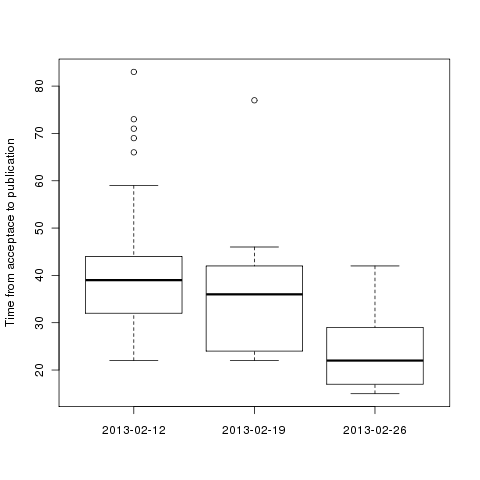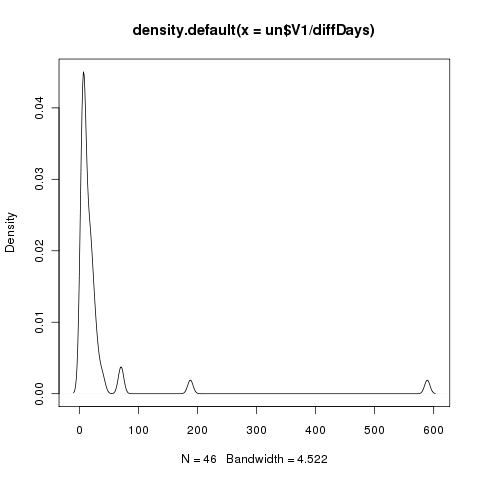Only a few months after the discovery of a new species of monkey has been identified in Africa, yet a new species hit the surface. It was during a visit to the deep forests of DR Congo, close to the Lomami river (the same area as the previous discovery) we ran into a colony of the newly discovered species. The colony consisted of one individual. Unfortunately all documentation in form of photography were lost in the river on the journey back to Kinshasha, so you have to rely on our research notes, analysis done in the field, and our memory. We hope the new journal PeerJ will accept our publication based on the limited material.
Summary of Materials and Methods
A notebook, a faint memory, a lost camera, and a standard RGBA test.
Results
Pigmentation
Before loosing the camera, we were able to carry out a RGBA test accurately describing the pigmentation of the monkey.
Hair: 5494d2ff
Skin: d9e9f9ff
Ear skin: ffd4aaff
These are rather unusual colours, and might result from our research assistant being obsessed with camera filters, and suffering from loss of short time memory thus being unable to recall if any filters were applied at the time of taking the pictures. Since the ear skin has reasonable colours, we conclude he did not apply any filters, and that the RGBA analysis show the true colours.
Behaviour and anatomy
The most stunning feature of this new monkey is the lack of knees, quite unusual for monkeys which are known to spend considerable time in trees. The head is disproportionally large, and it surprised us how the neck was able to support the weight of the massive cranium. The torso is water drop shaped, and resembles the one of a penguin. Given that the monkey is living close to a river, and the obscure anatomy, we speculate this monkey is spending most its time in water, where supporting the weight of the head would not be a problem, and the lack of knees would be beneficial for swimming performance. At the time of observation it was however sitting quietly, and alone, at the river bank, playing with some research equipment our assistant had forgotten when taking water samples the previous day.
Conclusions
We have discovered a single water living, blue monkey in DR Congo. Probably it is mainly feeding on fish, but this needs to be confirmed by an expensive research project, hopefully lasting several years. Since there are some weaknesses regarding the documentation, we hope naming the new species after the founders of PeerJ, Binfield and Hoyt, will ease the review process. We propose the monkey should be named Aquavivens toybin, or Aquavivens toJbin since toybin already has a twitter account.
#PeerJMonkey


